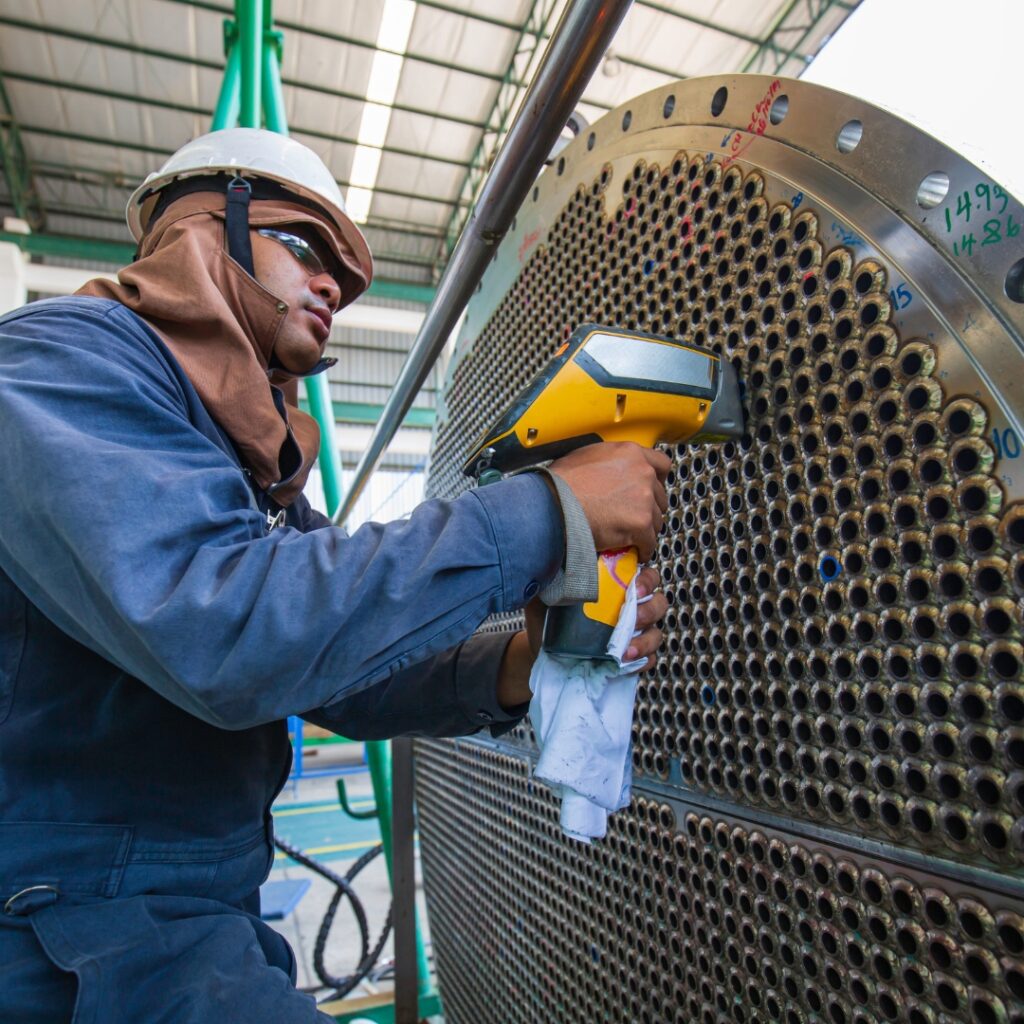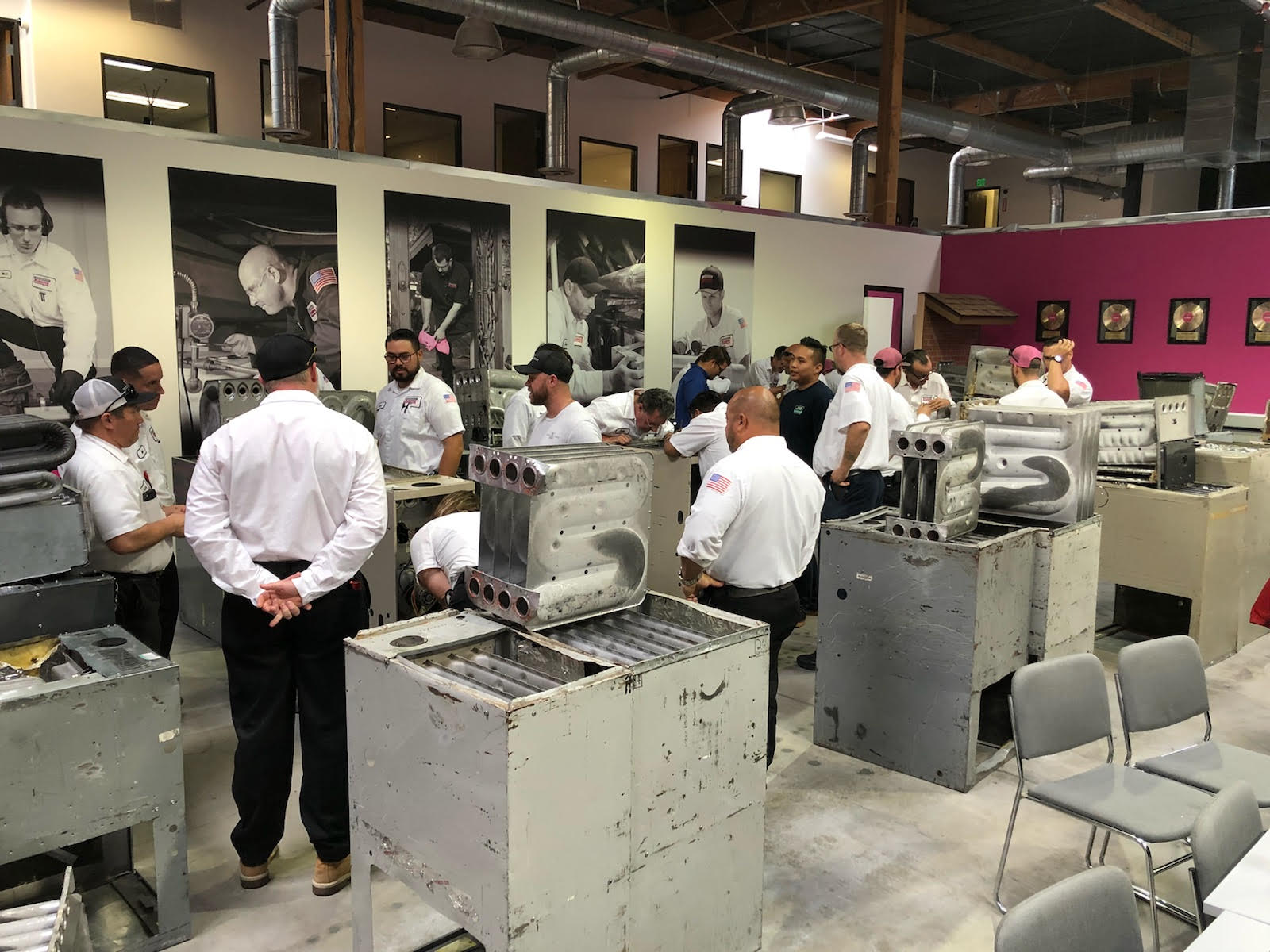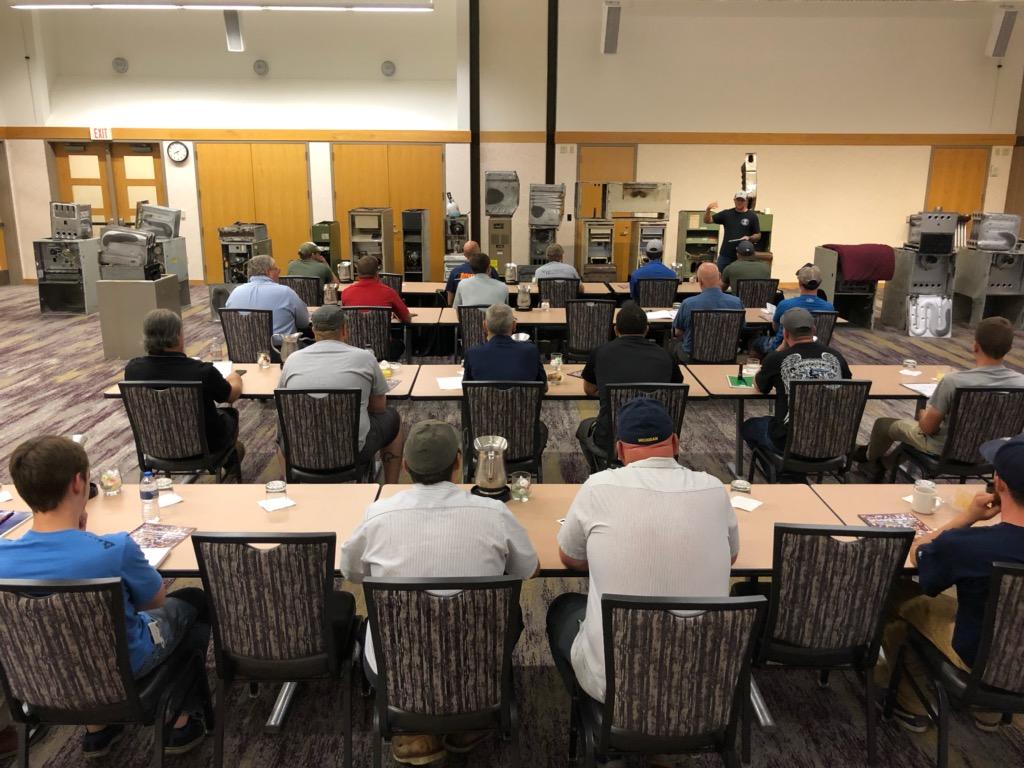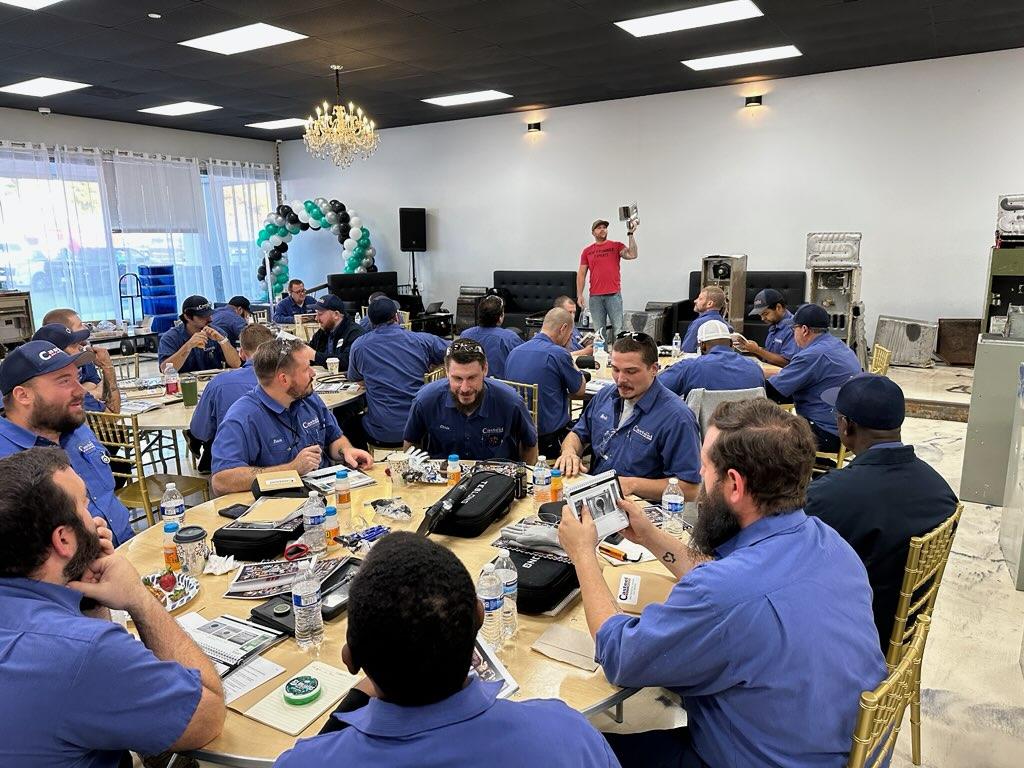How to Explain a Cracked Heat Exchanger to Your Clients
A cracked heat exchanger is one of the most serious safety concerns in any heating system—and one of the most difficult for homeowners to understand. As an HVAC technician, your ability to explain this issue clearly and confidently can make the difference between building trust or facing skepticism.
A heat exchanger crack compromises the barrier that separates toxic combustion gases from the indoor air your client breathes. That breach can allow dangerous elements—like carbon monoxide, nitrous oxide, and sulfur dioxide—to enter the home’s airflow, creating a health hazard and a serious maintenance concern.
This blog will help you break down the problem using relatable language, technical accuracy, and client-centered communication.
Step 1: Explain the Role of the Heat Exchanger
Begin with a simple but clear explanation:
“The heat exchanger is a metal component inside your furnace or boiler. It transfers heat from the burning fuel (usually natural gas or oil) into the air that’s circulated through your home—without allowing harmful gases to mix in.”
This heat transfer process is based on the principles of thermodynamics and fluid dynamics. The exchanger keeps combustion gases like flue gas and exhaust gas separate from breathable air through a sealed metal wall—often made of stainless steel, aluminium, or copper alloy.
Step 2: Describe the Crack in Layman’s Terms
Avoid overly technical phrases like “metal fatigue” unless your client requests them. Instead, say:
“A crack is essentially a hole or split in that metal barrier. It’s like a leak in a radiator—only instead of water, it can leak toxic gases like carbon monoxide into your home.”
To illustrate, explain that over time, the exchanger expands and contracts due to thermal stress, high operating temperatures, and uneven airflow. Eventually, this causes metal fatigue and wear and tear—especially if airflow is restricted by a clogged air filter or duct.
Step 3: Highlight the Safety Risks
Emphasize that this is not just a comfort issue—it’s a hazard:
- Carbon monoxide is colorless and odorless, and it can build up without being detected.
- It can cause nausea, headaches, fatigue, and even death.
- Other pollutants may include sulfur dioxide and particulate matter, which degrade indoor air quality and increase air pollution.
Point out that carbon monoxide detectors may catch elevated levels—but they’re not a foolproof solution. Prevention is better than alarm response.
Step 4: Explain What Causes Heat Exchanger Cracks
Let the client know that the cause is often a combination of:
- High operating temperature and thermal cycling (expansion/contraction during heating and cooling)
- Overheating from airflow restrictions or a blocked flue
- Corrosion or acid buildup due to age or poor condensate drainage
- Improper installation, incorrect volume of coolant, or even poor furnace design
These problems can impact latent heat transfer, increase pressure drop, and cause soot buildup inside the combustion chamber.
Step 5: Explain Why Immediate Replacement Is Necessary
Be honest but firm:
“A cracked heat exchanger cannot be repaired. It must be replaced to ensure safe operation. Continuing to use the system could lead to carbon monoxide leaks, costly damage, or even a house fire.”
Also explain that continued operation could void the warranty and drive up operating costs by reducing efficiency and thermal insulation.
Step 6: Outline the Next Steps with Reassurance
Once they understand the danger, walk them through what happens next:
- Confirm that you’ll follow proper safety protocols to prevent gas leaks during replacement.
- Outline the timeline, scope of the job, and the cost estimate.
- Review any coverage available through the warranty or manufacturer.
- Provide documentation, including inspection photos or sensor readings (if available).
- Reiterate your commitment to a safe and environmentally friendly solution.
Use Visual Aids (When Possible)
When available, show the client:
- A real or photo example of a cracked furnace heat exchanger
- Diagrams showing the heat flow, plate heat exchanger, or shell and tube condenser systems
Sensor data or pressure readings if accessible
Clients trust what they can see.
Train to Explain: Join a Heat Exchanger Experts Seminar
Want to sharpen your skills in heat exchanger inspection and client communication? Heat Exchanger Experts offers the most comprehensive, hands-on HVAC training in the industry.
In our eight-hour training program, you’ll learn how to:
- Inspect over 70 exchanger types, from tubular to micro heat exchangers
- Diagnose cracked heat exchangers using real-world tools
- Communicate findings to clients using diagrams and best-practice scripts
- Improve safety, reduce liability, and build client trust
Each technician receives a full-color inspection manual developed by industry leader Ellis Prach. This manual includes breakdowns of exchanger geometry, thermal management, and inspection processes rooted in mechanical engineering and HVACR system design.
Register Today for an Upcoming Seminar and position yourself as a go-to expert in safety and communication.
FAQ: Explaining Cracked Heat Exchangers to Clients
1. Can a cracked heat exchanger be fixed instead of replaced?
No. Due to high pressure, heat exposure, and the risk of leakage, cracked exchangers must be fully replaced to meet thermal efficiency and safety standards.
2. What are the signs that a heat exchanger might be cracked?
Symptoms include strange smells, yellow flames, visible soot, unusual flame behavior, and frequent carbon monoxide detector alerts.
3. How can I prove the crack to a skeptical homeowner?
Use a camera scope, mirror, or show them a photo/diagram. Physical examples from other jobs or a spare plate chiller model also help build credibility.
4. Is the risk still serious in warmer months?
Yes. Systems used for water heating, air conditioning (via heat pumps), or ventilation still rely on components that involve heat transfer and combustion—especially in hybrid or central heating systems.
5. How long does replacement take?
Usually one day, depending on furnace access, model, and part availability. If you’re trained and carry spare components, the job can often be completed the same day.
6. Will this affect my warranty or insurance?
Yes. Operating a furnace with a known crack may void the warranty and expose homeowners and contractors to liability—especially if the crack leads to further damage or a safety event.




